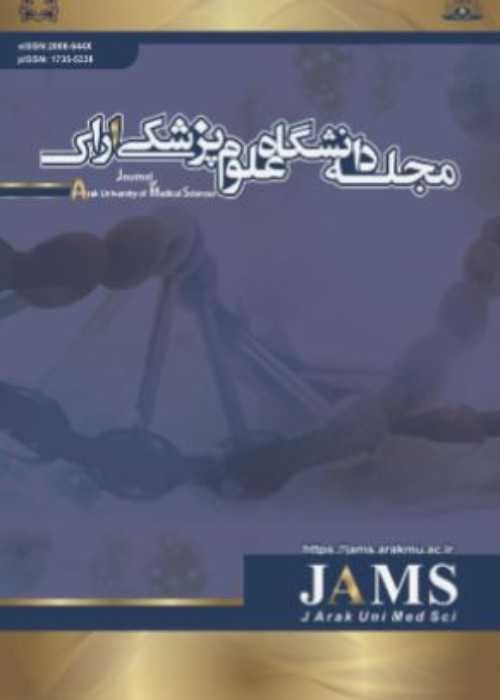Evaluation of the Method of Binding Tamoxifen to DNA Experimentally and Computationally
Tamoxifen is a group of drugs of selective estrogen receptor modulators, and is one of the drugs effective in the prevention and treatment of some cancers (such as breast cancer). In this study, the interaction of tamoxifen with DNA is investigated experimentally. Also, the electronic structure (at atomic scale) of the molecular system of tamoxifen was theoretically investigated, using atom in molecule (AIM) theory.
First, in the experimental section of this study, the interaction of Tamoxifen with DNA were investigated by UV-ViS technique and hydrodynamic method (Viscometry). In addition, the analysis of the experimental results shows the obvious effect of concentration on the mechanism of how the tamoxifen molecule binds to DNA. Then, in the theoretical part of this research, using computational biophysical chemistry methods, some properties of tamoxifen molecular system, such as electronic Density of States (DOS), boundary orbital’s energy (HOMO/LUMO), Electrostatic Potential Energy (EPS) and electronic contour maps of the electron density and its Laplacian, will be calculated.
This article is a meta-analysis with animal sample.
Result of the UV-ViS spectroscopy technique and viscometry indicated hyperchromism and hypochromism effect. In addition, the result were depend on the concentration of the drug and affected the kind of binding of Tamoxifen to DNA. the analysis of computational studies on the drug tamoxifen suggests that the mechanism of the local charge/energy distribution in the molecular system of tamoxifen plays an important role in how this drug binds to DNA.
Based on the experimental results of UV-ViS technique and viscometry, as well as the electronic/vibrational properties of the tamoxifen molecular system, it was defined that the Tamoxifen interacts significantly with all the binding sites of DNA.
- حق عضویت دریافتی صرف حمایت از نشریات عضو و نگهداری، تکمیل و توسعه مگیران میشود.
- پرداخت حق اشتراک و دانلود مقالات اجازه بازنشر آن در سایر رسانههای چاپی و دیجیتال را به کاربر نمیدهد.


